Discover the joyful possibilities of food art in new book Cuisine Existentielle
The first book from artist Lei Saito, Cuisine Existentielle, is an explosive celebration of food and art
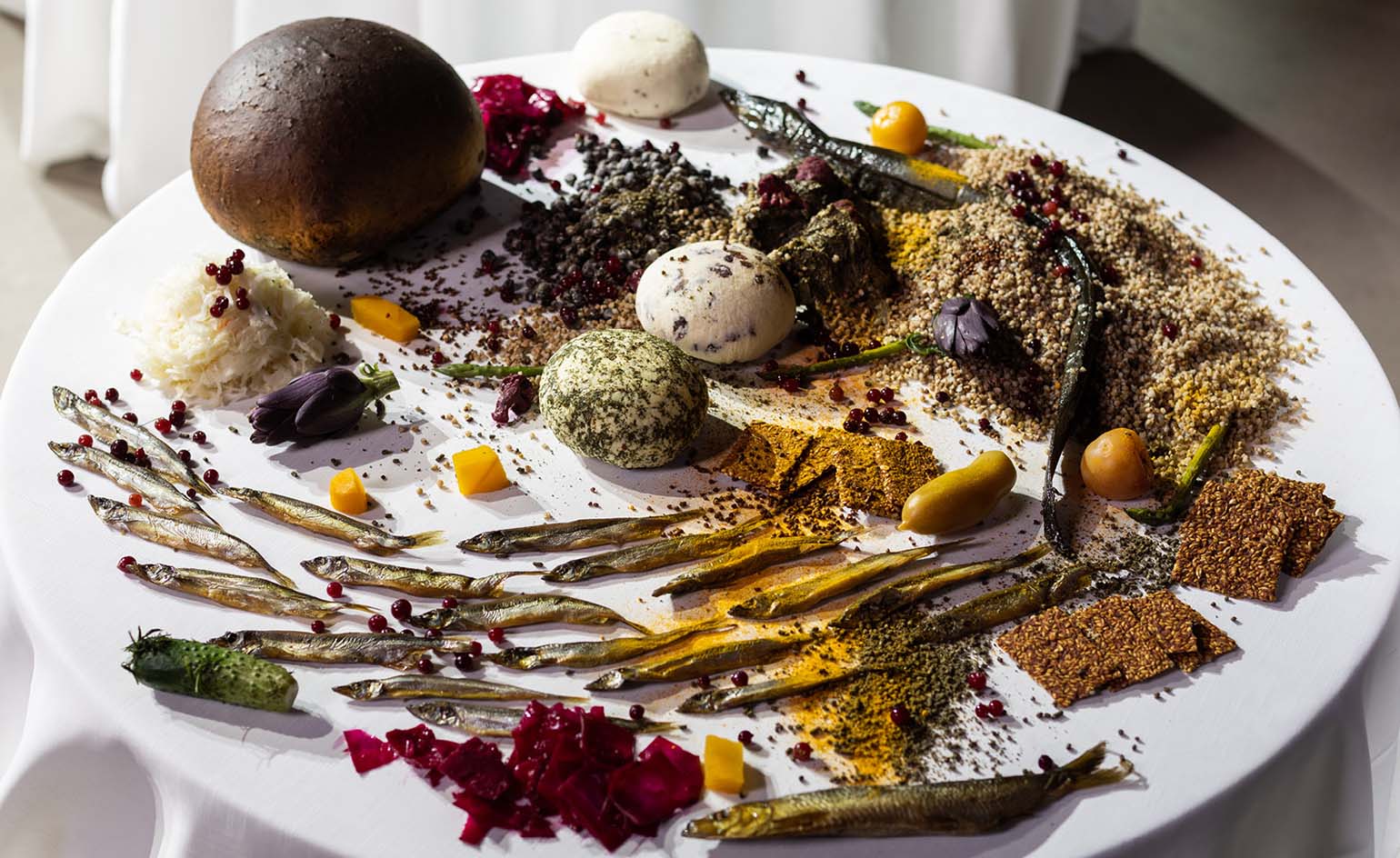
How wonderfully and appropriately French it is that the Tokyo-born, Paris-based artist Lei Saito calls her work – and her new food art book – Cuisine Existentielle (existential cuisine).
Saito uses food in the same way a performance artist or dancer uses their body – as a profoundly visceral instrument for exploring the abstract questions of human existence.
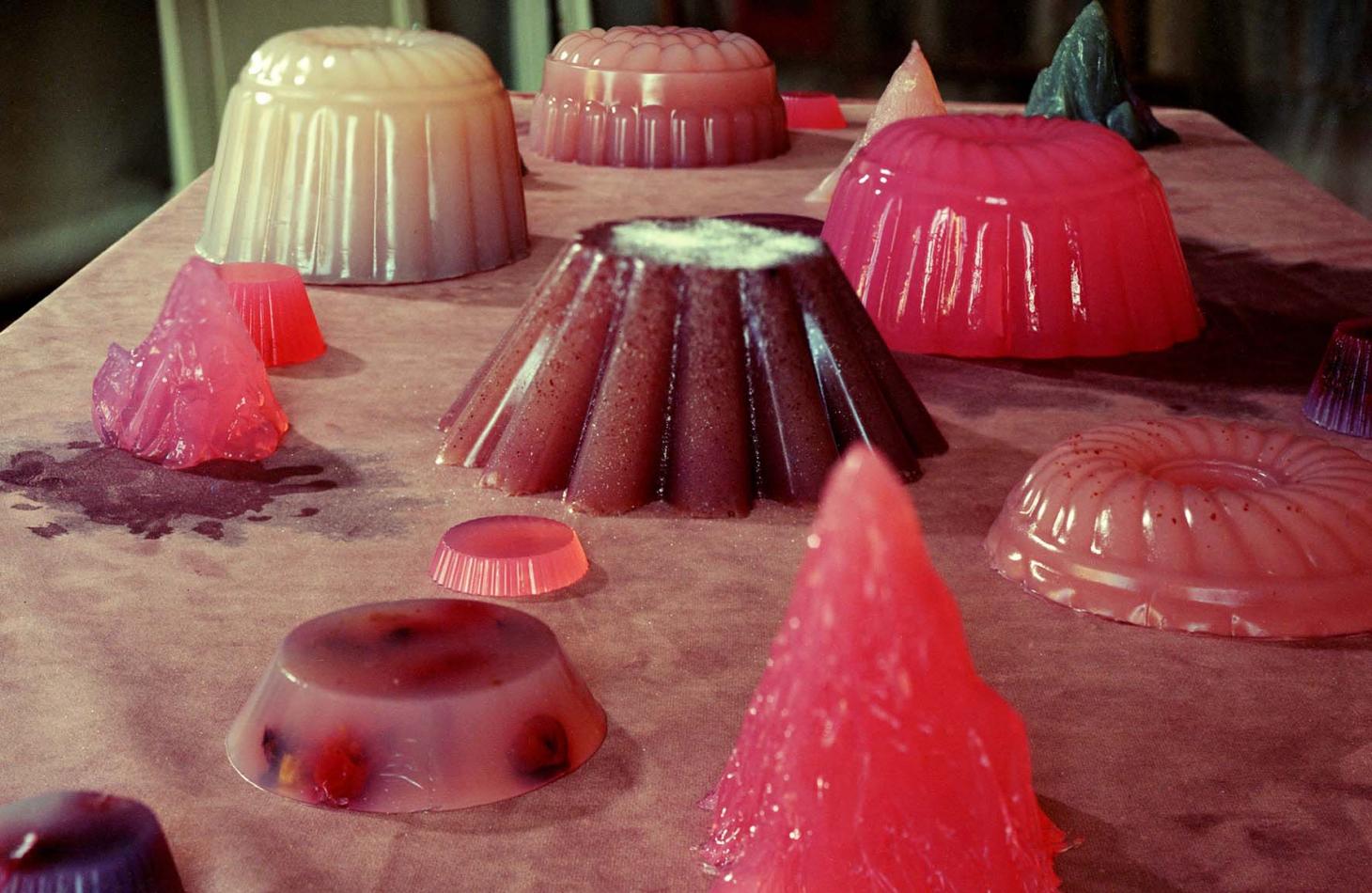
Take her 2017 work as a ‘patapâtissière’ (a combination of ‘pataphysics’ and the French word for a female pastry chef ‘pâtissière’), which saw her construct a sadistic-themed dessert in homage to the Marquis de Sade, made from beaten eggs, whipped cream, and crushed almonds. Or the ‘decapitated’ pastries dressed in raspberry coulis she made for a Bastille Day celebration at the Palais de Tokyo in Paris.
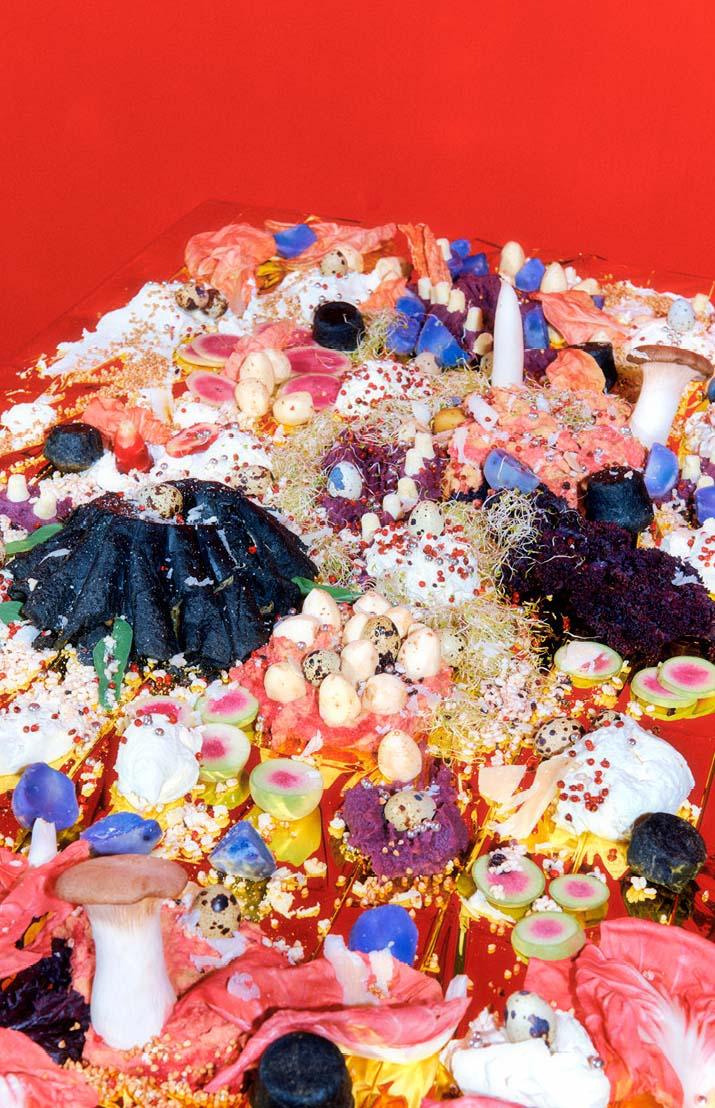
Originally featured in the March 2019 issue of Wallpaper* (W*240)
Or even her first Paris exhibition, where she flooded an ice rink with clementine jelly, understanding that the combination of blue and orange and the light – a manufactured l’heure bleue (twilight) – would make the space look as though it had disappeared.
It is food as philosophy, and philosophy as Dionysian pleasure. No surprise that Saito sees artist Robert Filliou's belief that ‘art is what makes life more interesting than art’ as a defining principle of her own work.
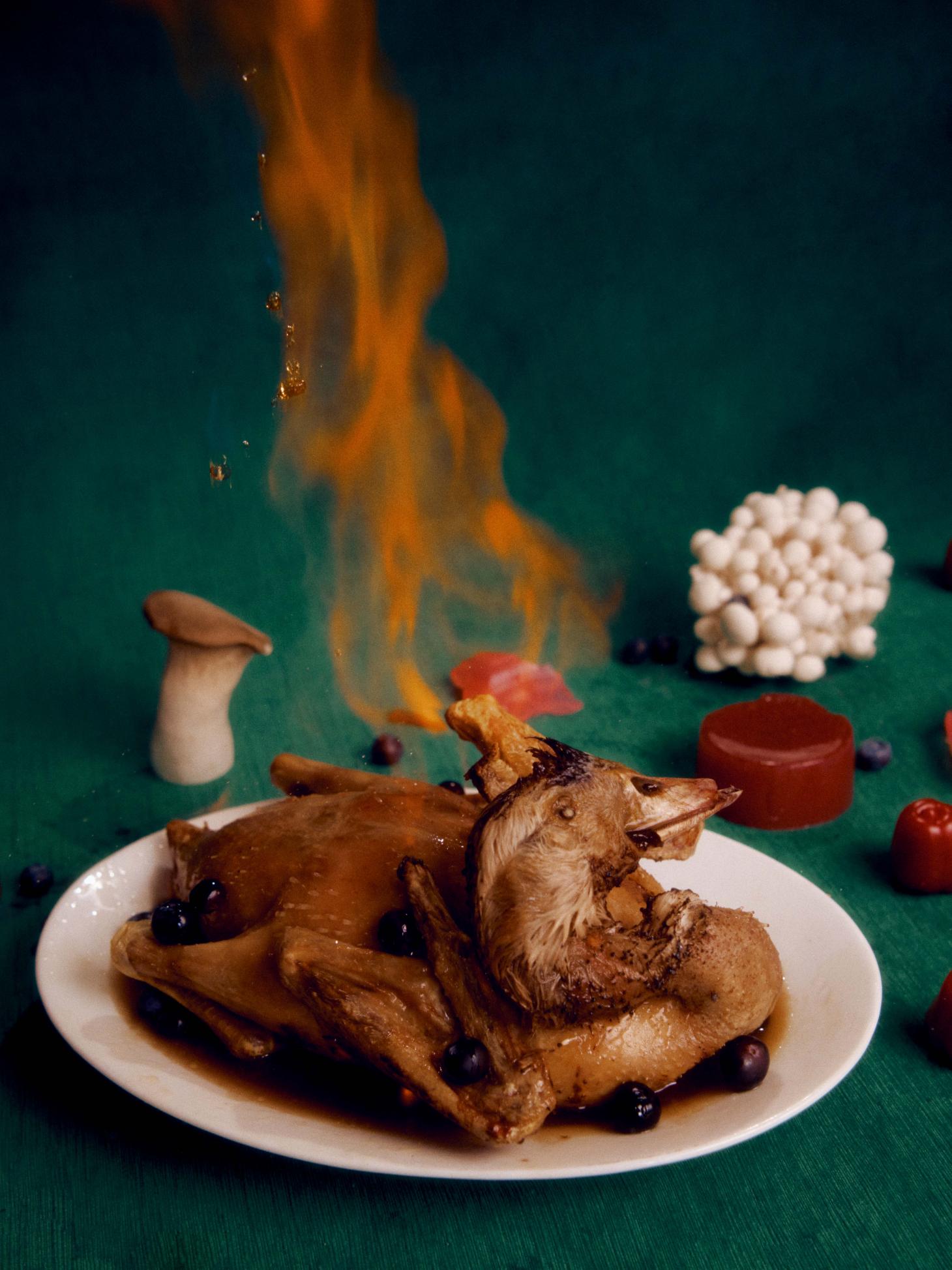
Now, those who are familiar with Saito’s work or want to become more familiar with it can pick up her first book – Cuisine Existentielle.
The book features vibrant images of fantastical creations alongside three essays – by art writer Agnieszka Gratza, food journalist Alain Kruger, and art historian Thomas Schlesser – discussing the meaning of existential cuisine.
Receive our daily digest of inspiration, escapism and design stories from around the world direct to your inbox.
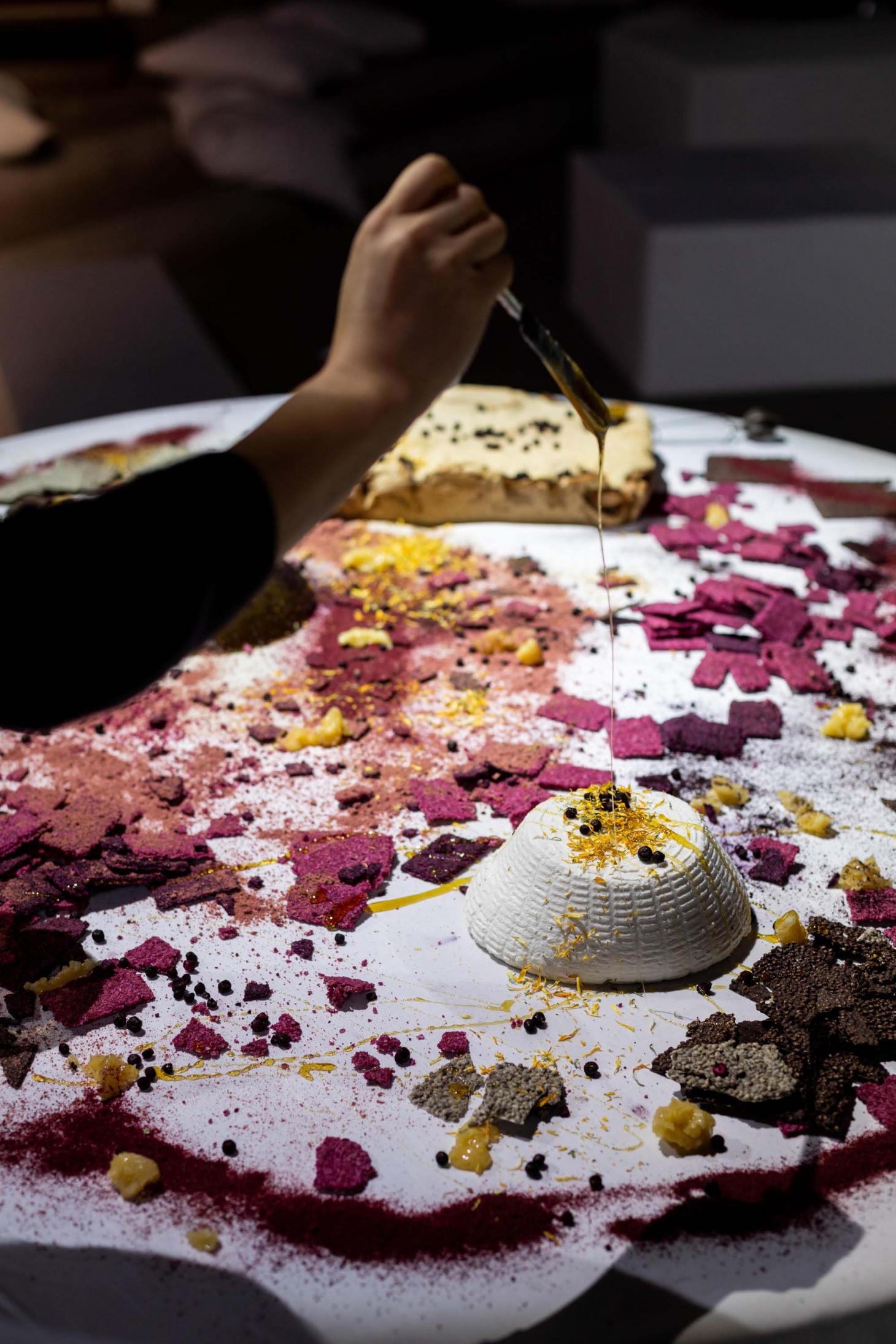
It is a probing and joyful book filled with surrealist imagery and poetic prose that meditates on the pleasures of a life lived artfully.
Schlesser writes in his essay ‘Barbaric and Stunning’: ‘Of what does a work of art speak? Of life, of course. We embrace and love each other a lot; we engage in socialising, battles, exploits, and have our lows; we suffer and die, too, probably too much. And then there is eating, of course. Ricotta cheese in Vincenzo Campi (1580) and then in Pasolini (1963), melon and grapes in Murillo (1650), potatoes in Van Gogh (1885).’ And now, existential cuisine in Lei Saito (2022).
INFORMATION
Lei Saito, Cuisine Existentielle, €22, lespressesdureel.com
Mary Cleary is a writer based in London and New York. Previously beauty & grooming editor at Wallpaper*, she is now a contributing editor, alongside writing for various publications on all aspects of culture.
-
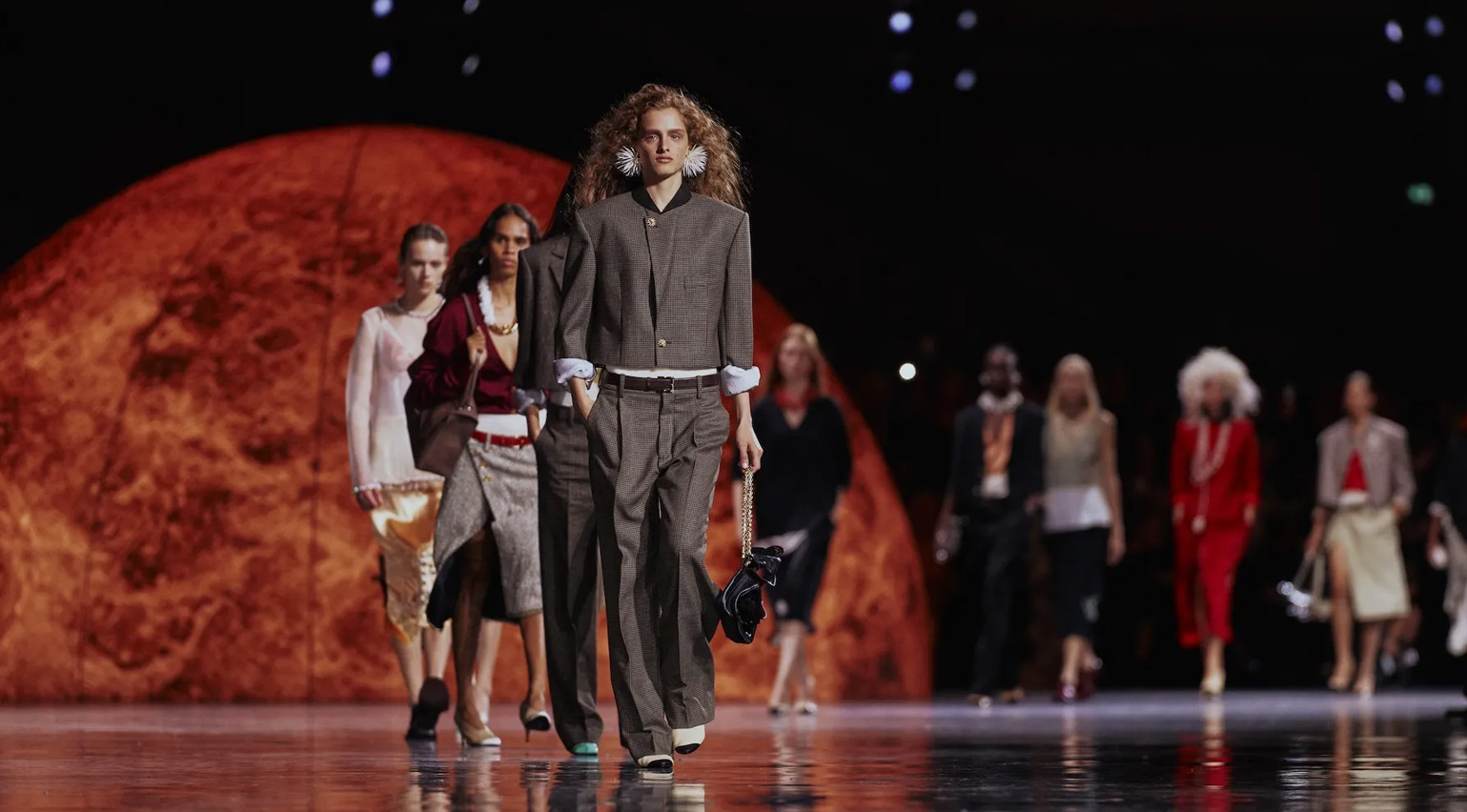 Debuts, dandies, Demi Moore: 25 fashion moments that defined 2025 in style
Debuts, dandies, Demi Moore: 25 fashion moments that defined 2025 in style2025 was a watershed year in fashion. As selected by the Wallpaper* style team, here are the 25 moments that defined the zeitgeist
-
 The RIBA Asia Pacific Awards reward impactful, mindful architecture – here are the winners
The RIBA Asia Pacific Awards reward impactful, mindful architecture – here are the winnersThe 2025 RIBA Asia Pacific Awards mark the accolade’s first year – and span from sustainable mixed-use towers to masterplanning and housing
-
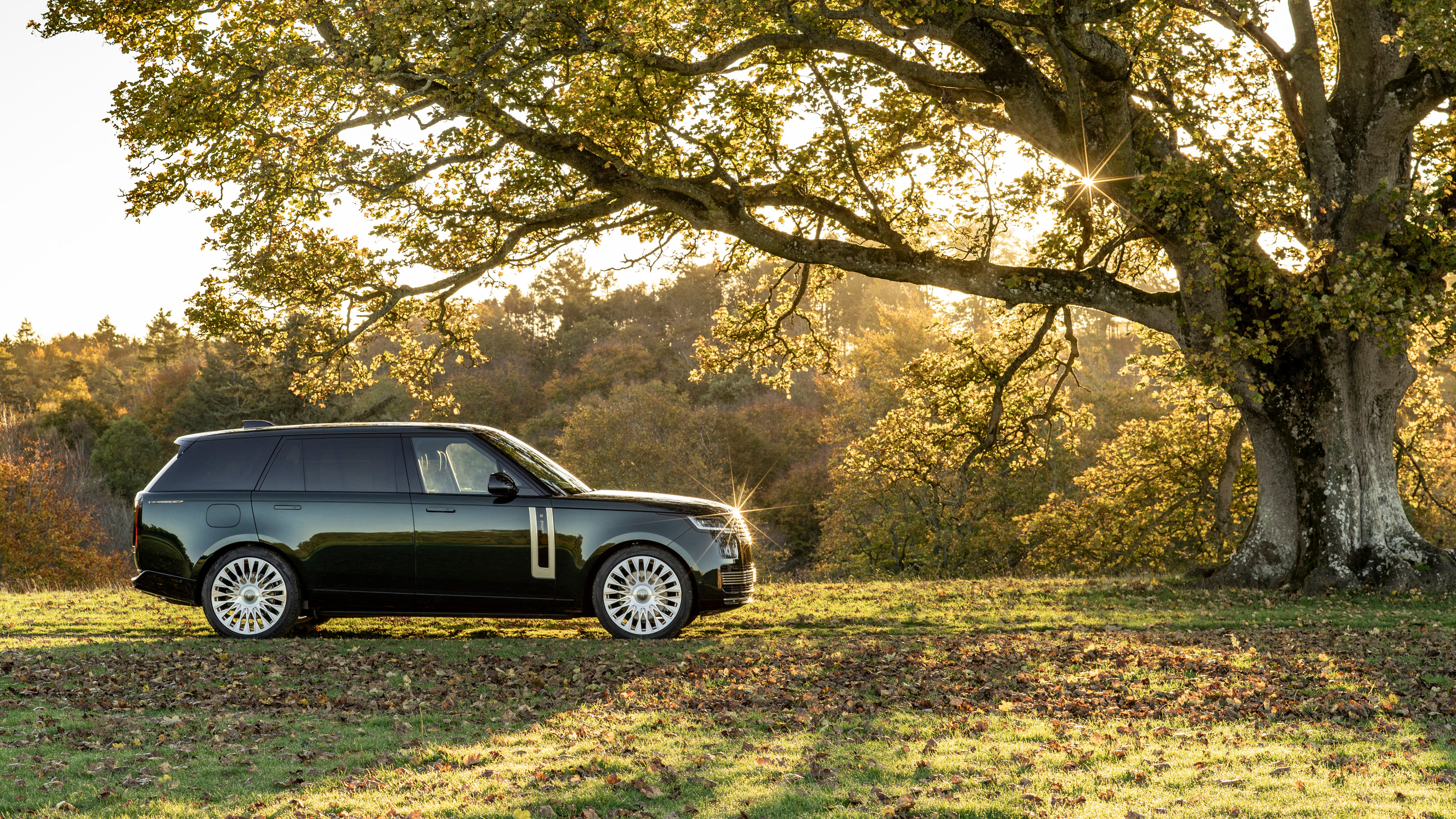 Holland & Holland's Range Rover is outstanding in its field: shoot the breeze in style
Holland & Holland's Range Rover is outstanding in its field: shoot the breeze in styleCan you spare half a million pounds for a glorified four-wheeled gun cabinet? If so, the Range Rover Holland & Holland Edition by Overfinch might be the perfect fit